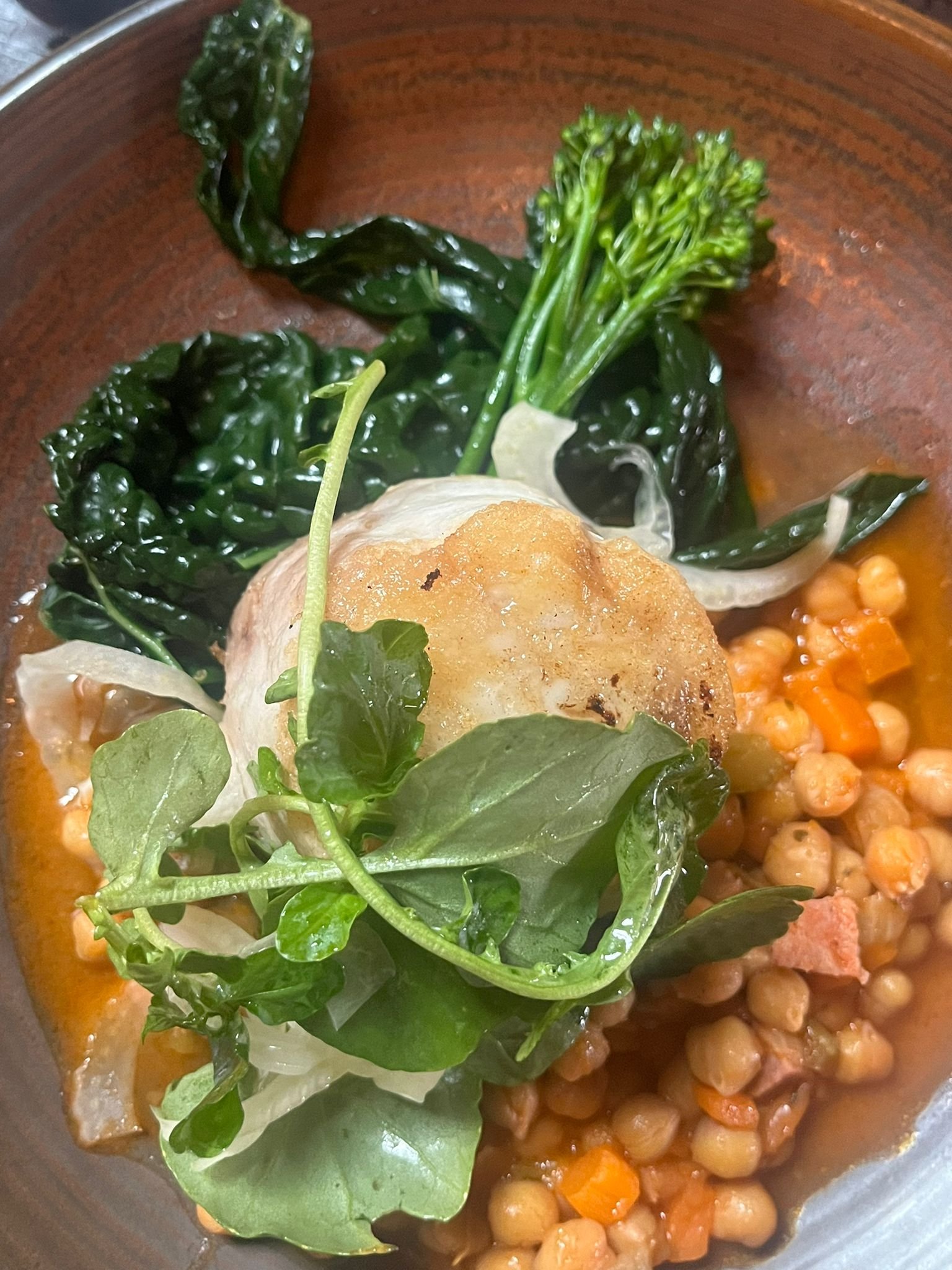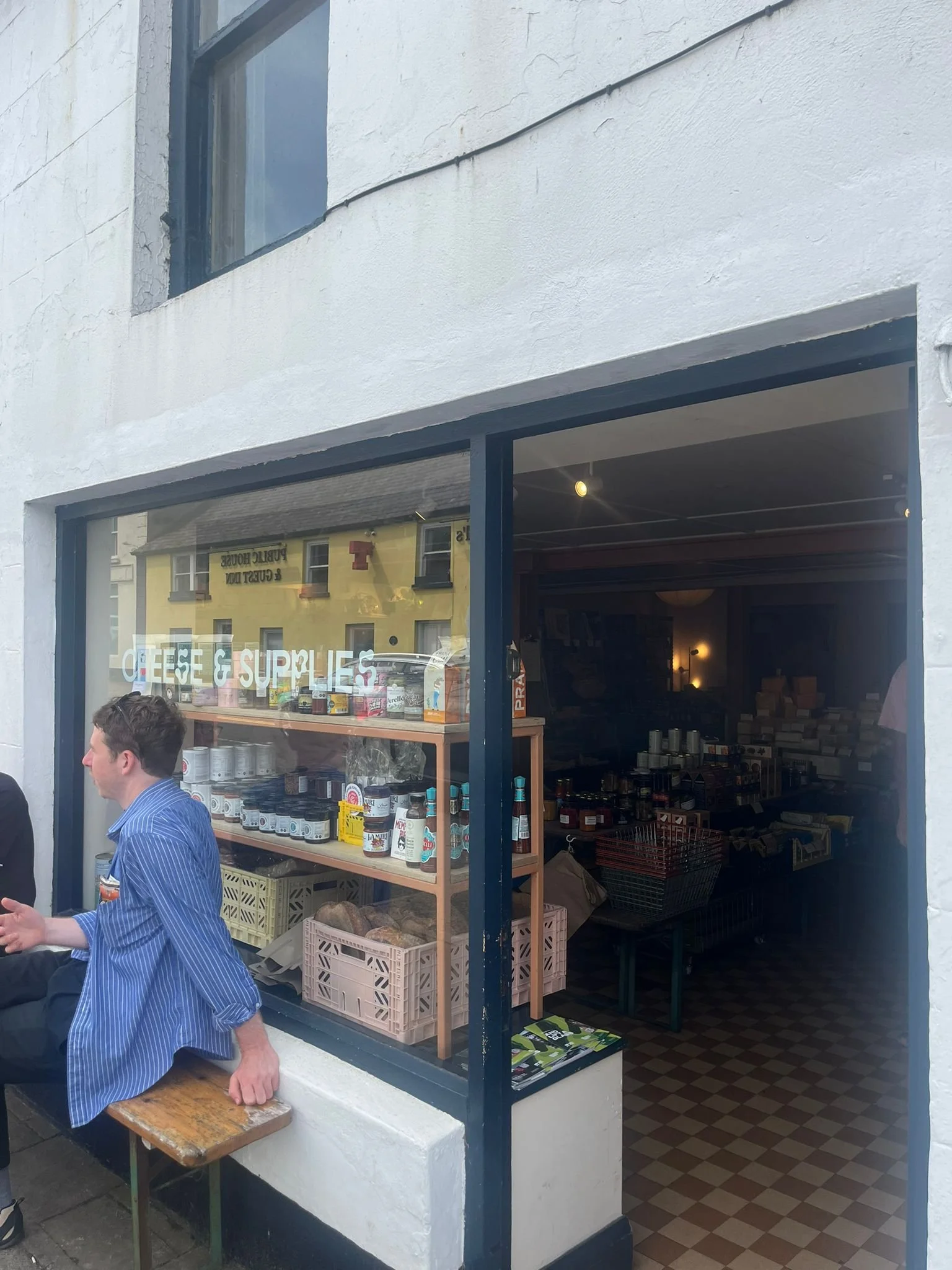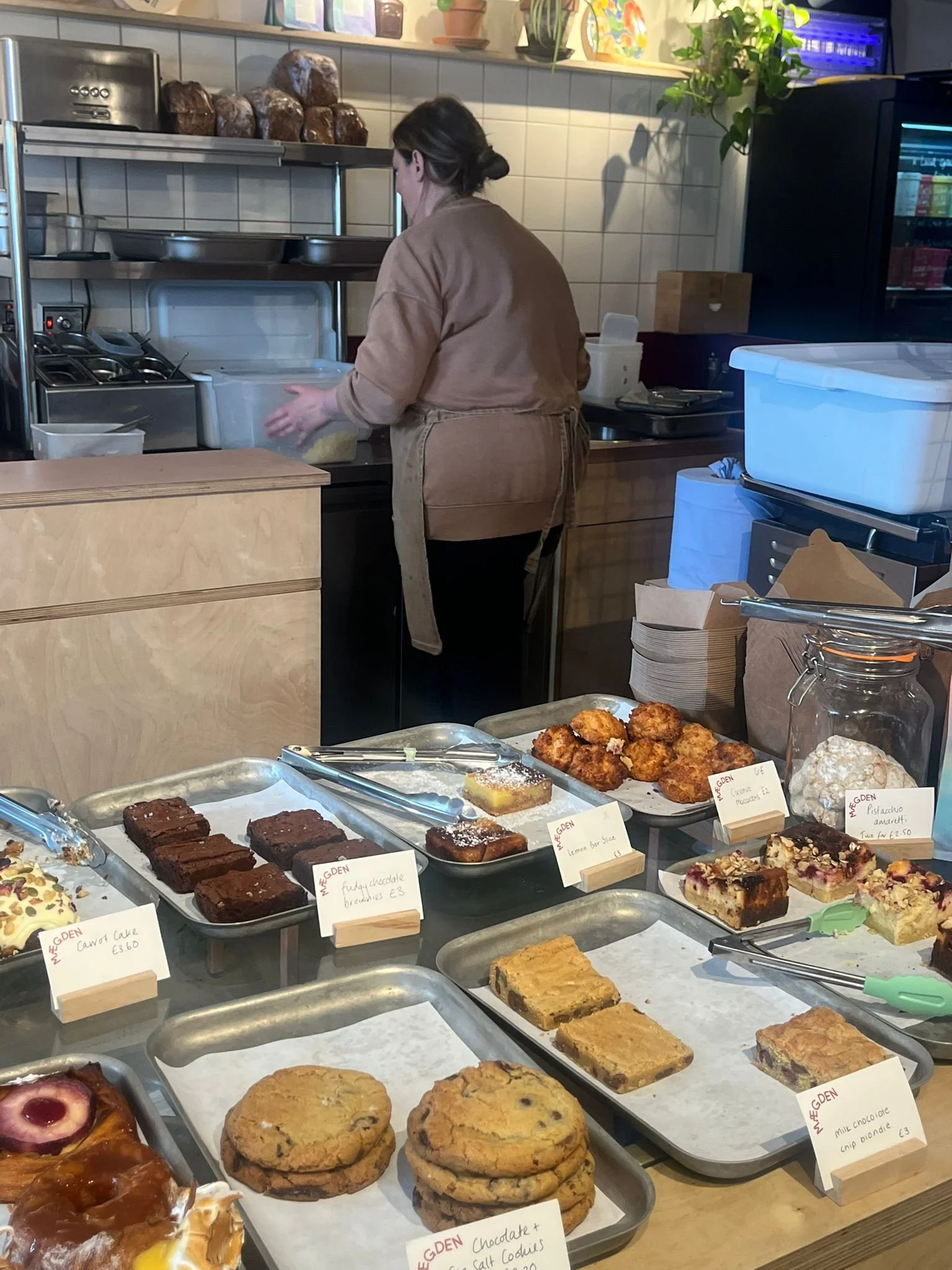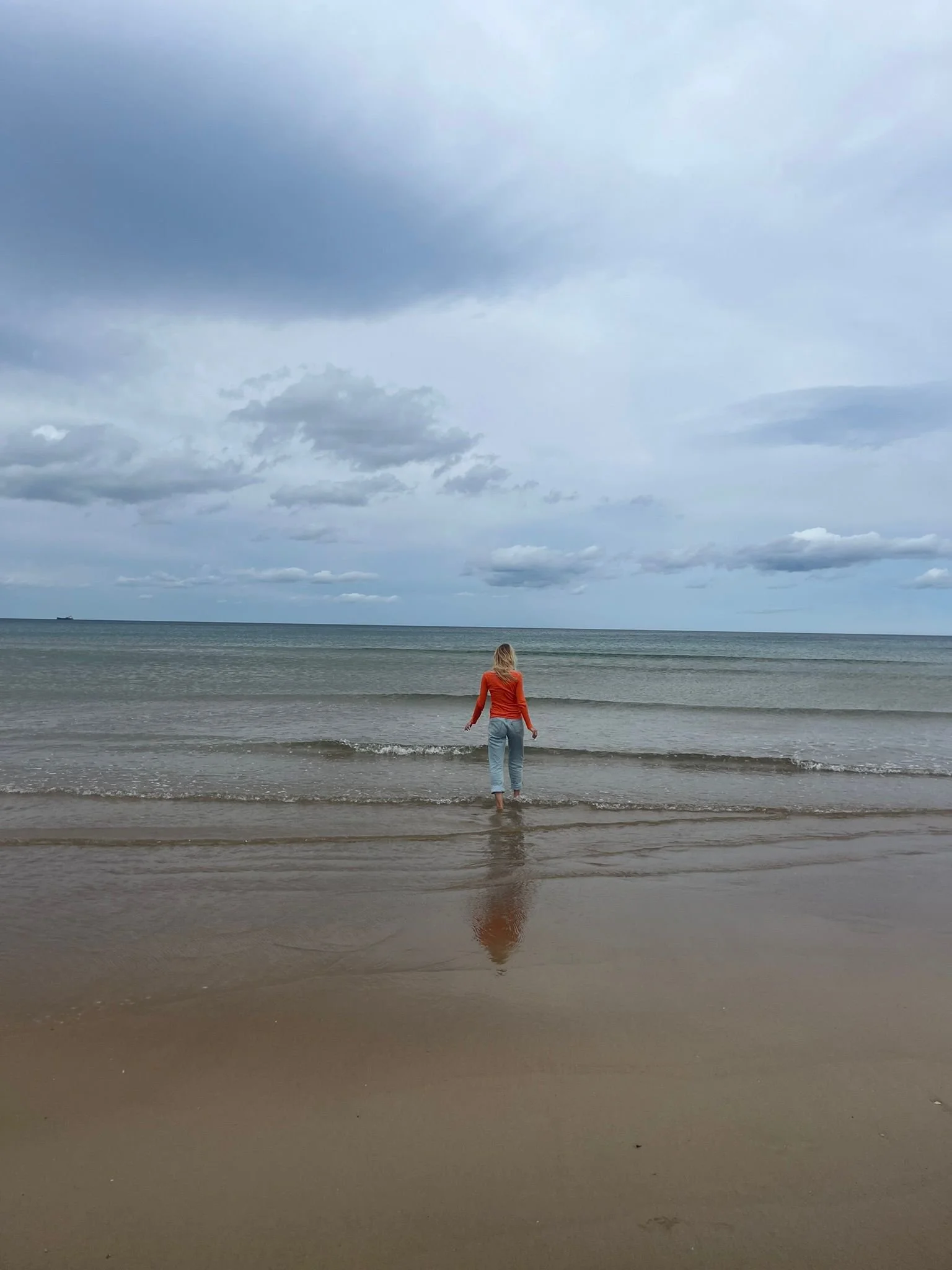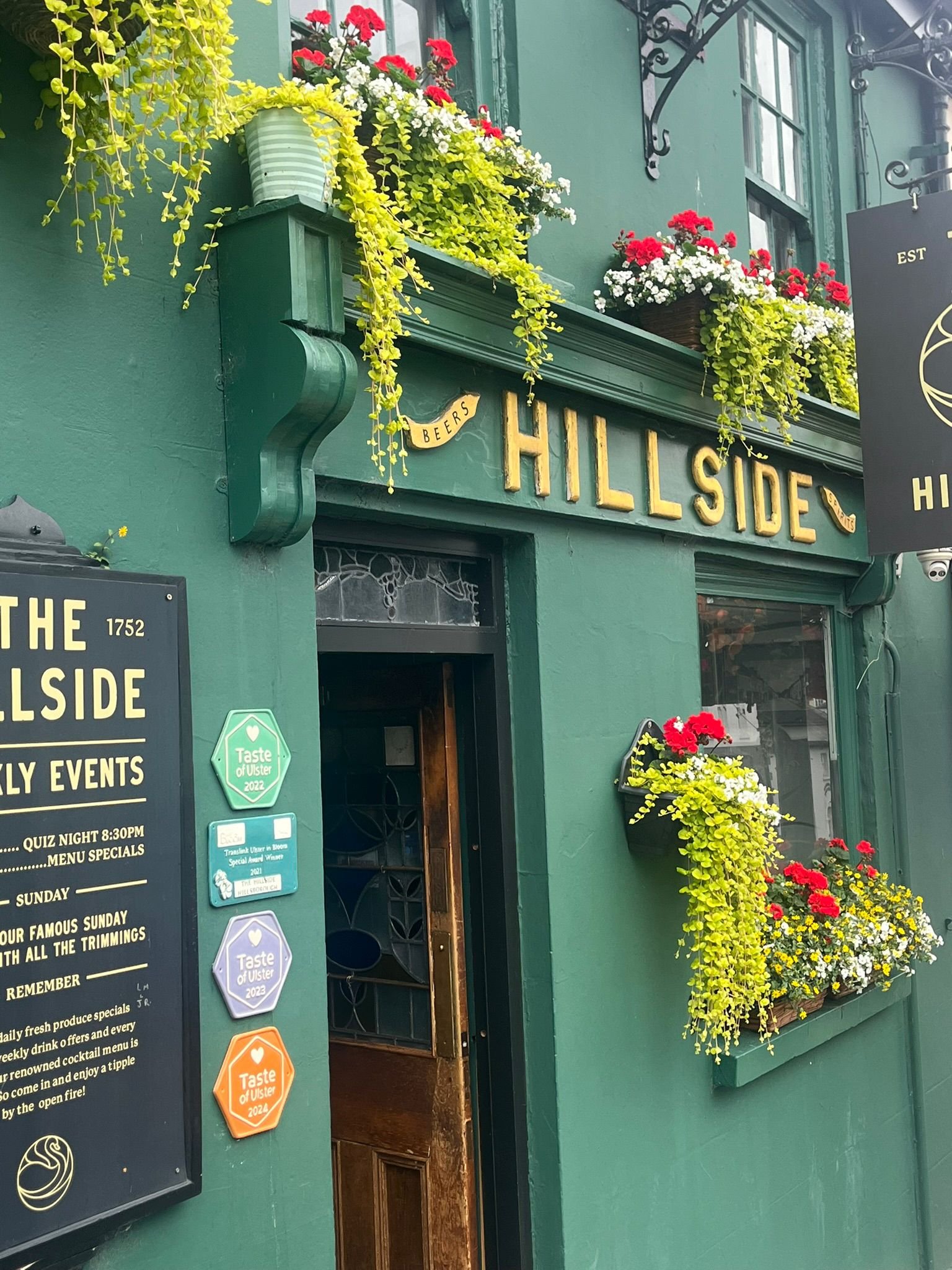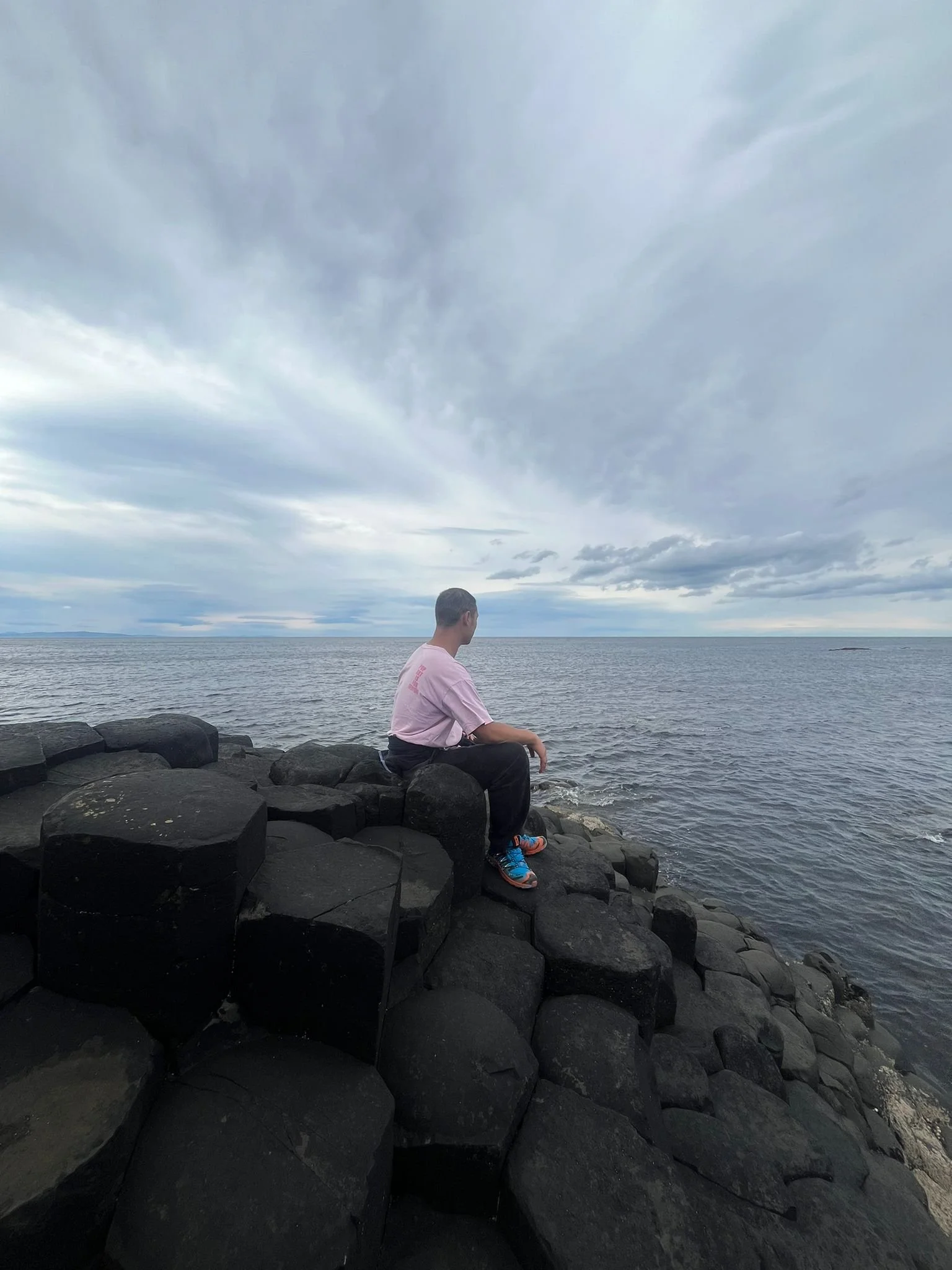72 Hours in Northern Ireland
Day 1: Scenic Drives and Historical Sites
Morning:
Drive Along Strangford Lough
Enjoy a picturesque drive along Strangford Lough, the largest sea lough in Ireland. The area is renowned for its natural beauty and biodiversity, including a variety of bird species and seals. The Louth’s calm waters and surrounding landscapes offer a serene introduction to Northern Ireland's scenic charm.Mount Stewart
Mount Stewart is a Georgian mansion and estate with a rich history and stunning gardens. The gardens were designed by Lady Edith, the 7th Marchioness of Londonderry, who was an influential figure in British politics and society. The gardens include a variety of styles, such as the Italianate garden, the Sunken Garden, and the exotic Spanish Garden. The house itself was a centre of political and social activity, hosting figures like Winston Churchill and Charles de Gaulle. The entrance hall flooring is all painted marble, see if you can spot that!Scrabo Tower
Scrabo Tower, built in 1857, stands as a monument to the 3rd Marquess of Londonderry. It offers panoramic views of the surrounding area, including the rolling hills and Strangford Lough. The tower was built in the Gothic Revival style and is a prominent local landmark, visible from miles around.
Midday:
Strangford Lough Ferry to Artisan Cookhouse
Take the ferry across Strangford Lough to Portaferry - it is only 5 minutes! The Artisan Cookhouse is known for its fresh, locally sourced seafood. The crab dishes are particularly popular, featuring sweet and tender crab meat, often prepared with a sophisticated touch. The restaurant emphasises high-quality ingredients and creative presentation.
Afternoon:
Downpatrick
Visit St. Patrick’s Grave at Down Cathedral, where Ireland's patron saint is believed to be buried. The site is a pilgrimage destination and offers insight into Ireland’s Christian heritage. Downpatrick is also home to the ruins of the ancient church of Saul, where St. Patrick is said to have established his first church in Ireland.
Evening:
Dinner at The Hillside
The Hillside in Hillsborough is known for its elegant yet comfortable dining experience. The menu features seasonal dishes made with locally sourced ingredients. Consider trying their beef and lamb dishes, which highlight the region’s high-quality produce.
Day 2: Natural Wonders and Unique Finds
Morning:
Giants Causeway
Explore the Giants Causeway, a UNESCO World Heritage Site with its fascinating basalt columns formed by volcanic activity. According to legend, the causeway was built by the giant Finn McCool to connect Ireland with Scotland. The site’s unique geological formations and dramatic landscapes make it a must-visit.Bramble Green Knitwear
Visit Bramble Green Knitwear in Ballymoney. Be sure to contact them in advance to arrange your visit. The shop offers a range of high-quality knitwear, including cozy sweaters and scarves, all made from fine local wool. The craftsmanship and attention to detail make it a great place for unique, handcrafted gifts. The lady who runs the shop is absolutely lovely and you can also get tea and coffee there!
Midday:
Lunch at Cheese and Supplies
Cheese and Supplies in Ballycastle is a charming little shop renowned for its gourmet grilled cheese sandwiches. Their sandwiches feature a selection of artisanal cheeses and fresh, locally baked bread. The shop prides itself on using high-quality ingredients to create comforting, flavourful sandwiches. Their Nduja grilled cheese is a must try!
Afternoon:
Carrick-a-Rede Rope Bridge is a thrilling and scenic attraction located near Ballintoy on the Northern Ireland coast. Suspended 30 meters above a dramatic sea gorge, the bridge connects the mainland to the tiny Carrickarede Island, offering breathtaking views of the Atlantic Ocean and the rugged coastline. The area around the bridge features stunning coastal landscapes, including steep cliffs and panoramic vistas that are particularly striking in good weather. The drive along this part of Northern Ireland’s coast, from Ballintoy to the Antrim Coast Road, is equally picturesque, winding through rolling hills and along the edge of the sea, with plenty of opportunities to stop and admire the natural beauty of this rugged, unspoiled stretch of the Irish coastline.
Evening:
Dinner at The Parsons Nose
The Parsons Nose in Hillsborough is a popular spot for its classic Irish fare with a contemporary twist. Try their seafood dishes or the traditional Irish stew. The restaurant’s inviting atmosphere and focus on local ingredients make it a great place to enjoy a hearty meal.
Day 3: Royal Estates and Belfast Exploration
Morning:
Breakfast at Karibu Café
Karibu Café in Hillsborough offers a cozy setting with a range of breakfast options. Their breakfast menu includes freshly baked pastries, hearty full Irish breakfasts, and excellent coffee. The café’s relaxed ambiance makes it an ideal spot to start your day.Hillsborough Castle
Hillsborough Castle is the official residence of the British royal family when they visit Northern Ireland. The castle’s gardens, designed in the 18th century, are a highlight, featuring a mix of formal and informal styles. The castle has been the site of many significant political events, including peace negotiations.
Midday:
Lunch at The Crawfords Burn Inn
The Crawfords Burn Inn is known for its homemade scones and traditional fare. Specialties: Their blueberry scones with lemon curd are a local favourite, renowned for their rich flavour and perfect texture. The inn offers a cozy, traditional setting for a leisurely lunch.
Afternoon:
Belfast
Drive into Belfast to visit the Titanic Museum, an interactive and immersive experience that explores the history of the RMS Titanic, built in the city. The museum’s design was inspired by the Titanic’s hull, with its distinct starboard side.David and Goliath Cranes
See the iconic David and Goliath cranes at Harland & Wolff shipyard, which played a key role in Belfast’s shipbuilding industry. The cranes, named after biblical figures, are among the largest in the world and symbolise Belfast’s maritime heritage.Protestant and Catholic Areas
As you explore Belfast, you'll notice distinct areas reflecting the city’s divided history. The Protestant neighborhoods often display Union Jack flags and murals that celebrate British heritage, while the Catholic areas feature Irish tricolors, language signs and murals that commemorate Irish nationalist struggles. These visual markers offer a glimpse into the city’s complex cultural and political landscape.
Evening:
Dinner at Clandeboye Lodge
Clandeboye Lodge near Bangor offers a refined dining experience with a focus on contemporary Irish cuisine. The restaurant highlights locally sourced, seasonal ingredients, featuring dishes like expertly cooked meats, fresh seafood, and creative vegetarian options. The elegant and stylish setting, combined with attentive service, creates a warm and welcoming atmosphere ideal for special occasions or a memorable dinner. With its emphasis on high-quality ingredients and sophisticated presentation, Clandeboye Lodge is a standout choice for those seeking a top-notch dining experience in Northern Ireland.Places to Stay: Vumba Stables
Vumba Stables is a charming Airbnb located in Lisburn, Northern Ireland, set on a picturesque livery with a delightful blend of rustic and modern comforts. Managed by a friendly host, this accommodation offers a unique experience with its equestrian setting, featuring cozy, well-appointed rooms and beautiful views of the surrounding countryside. Guests can enjoy the serene atmosphere, often enhanced by the presence of horses and the peaceful sounds of rural life. The stables’ location provides easy access to local attractions and scenic drives, making it an ideal base for exploring Northern Ireland. The host also has terrific recommendations, don’t be afraid to ask him for them!
Additional information:
If you have time consider stopping at Newgrange, a prehistoric monument older than Stonehenge, aligns perfectly with the winter solstice sunrise, showcasing ancient astronomical knowledge.
The Troubles and Modern Culture: The Troubles, a period of conflict from the 1960s to 1998, deeply influenced Northern Irish culture. The Good Friday Agreement of 1998 was a pivotal moment in ending the violence and fostering peace. Today, some former paramilitary groups have rebranded themselves as community organizations or homeowner associations, still holding sway in certain areas and playing a role in local governance.
This itinerary offers a blend of natural wonders, historical sites, local cuisine, and cultural insights, providing a comprehensive and enjoyable experience of Northern Ireland.


